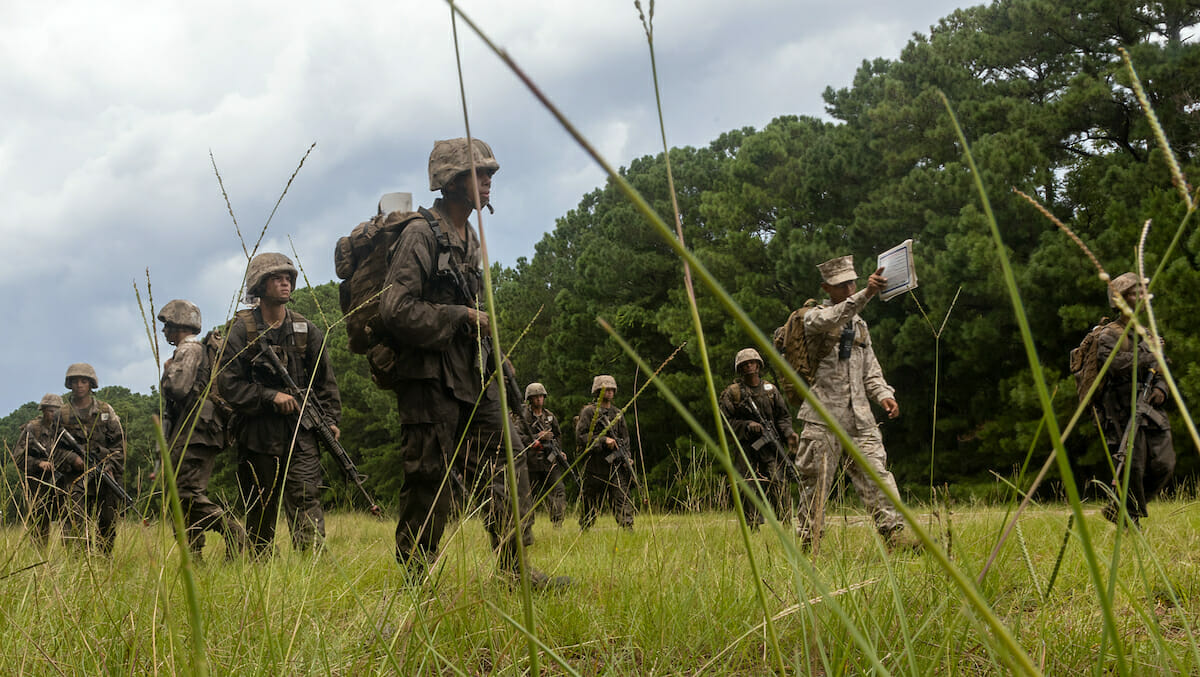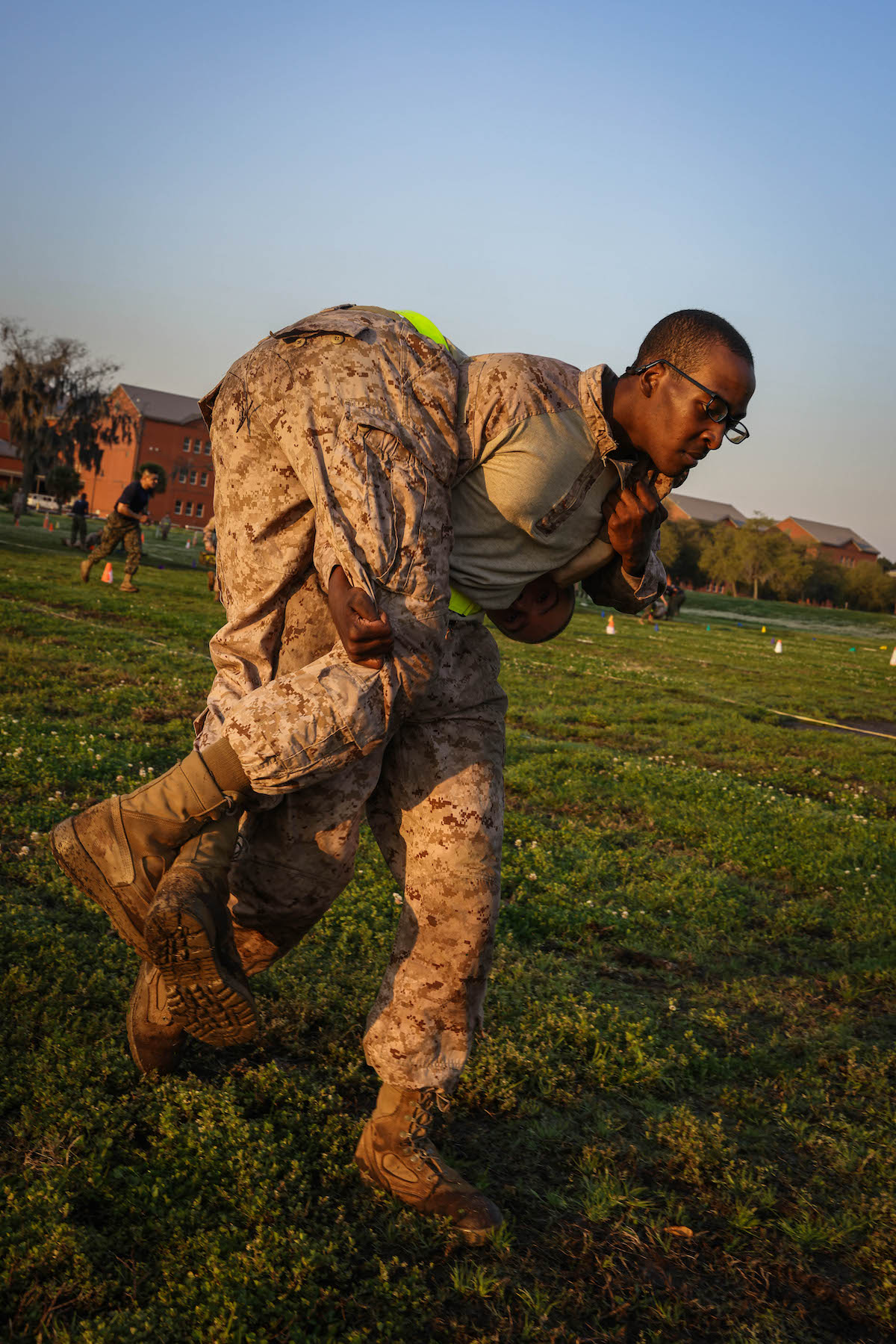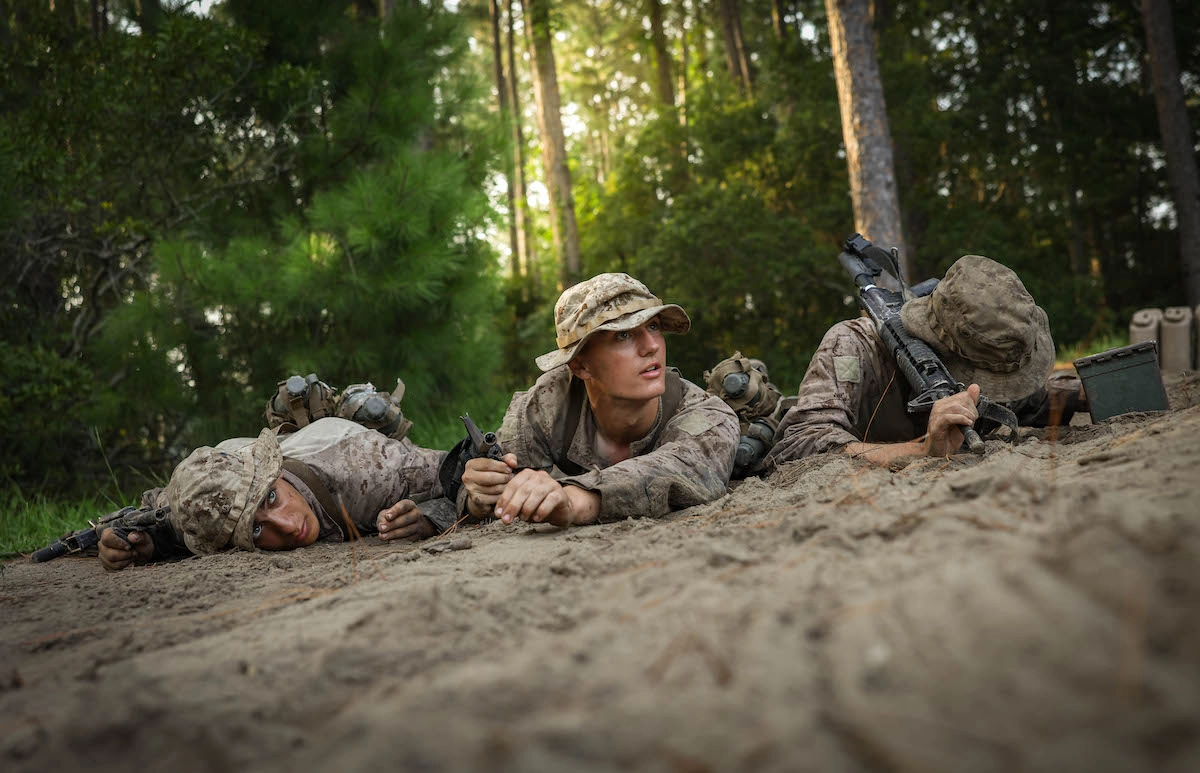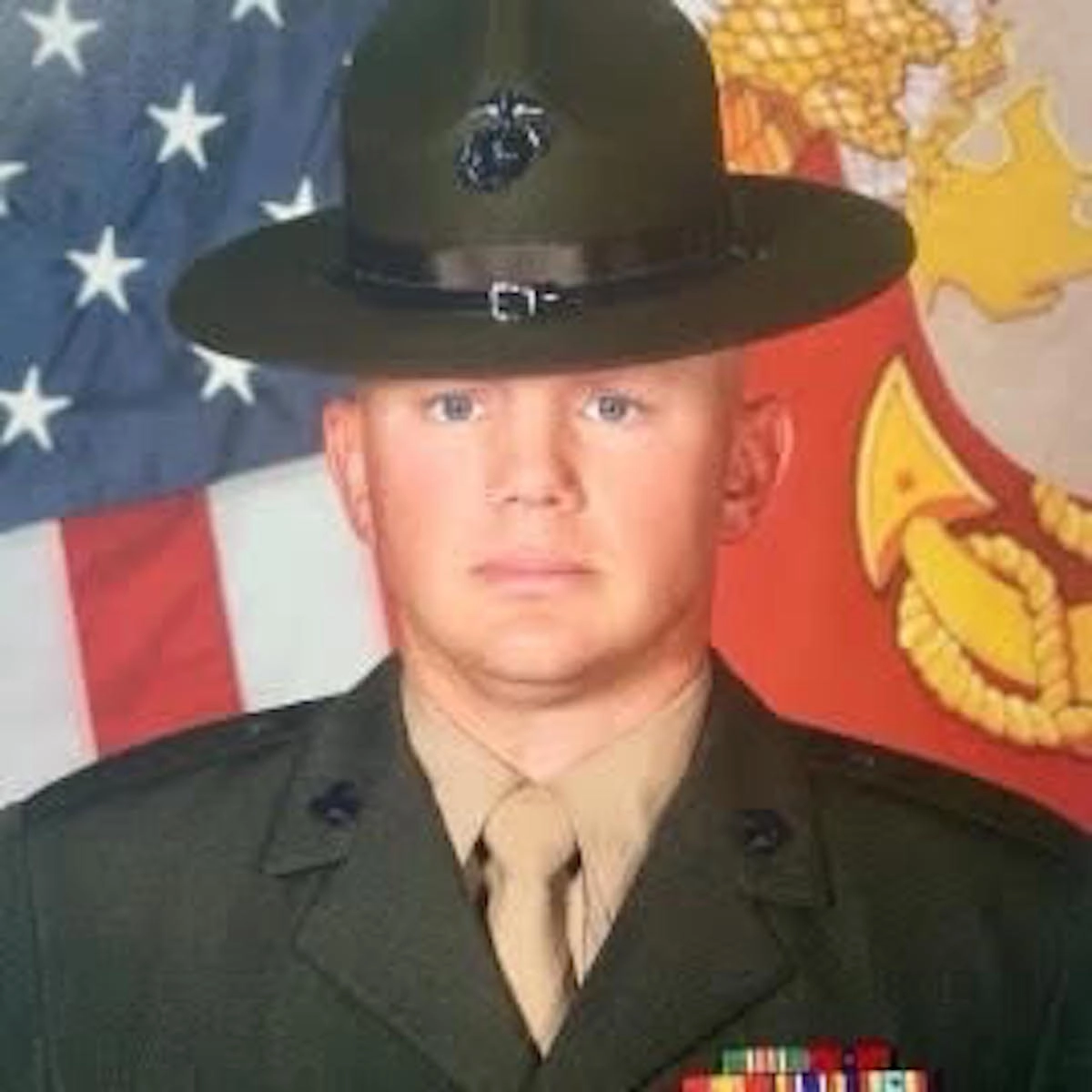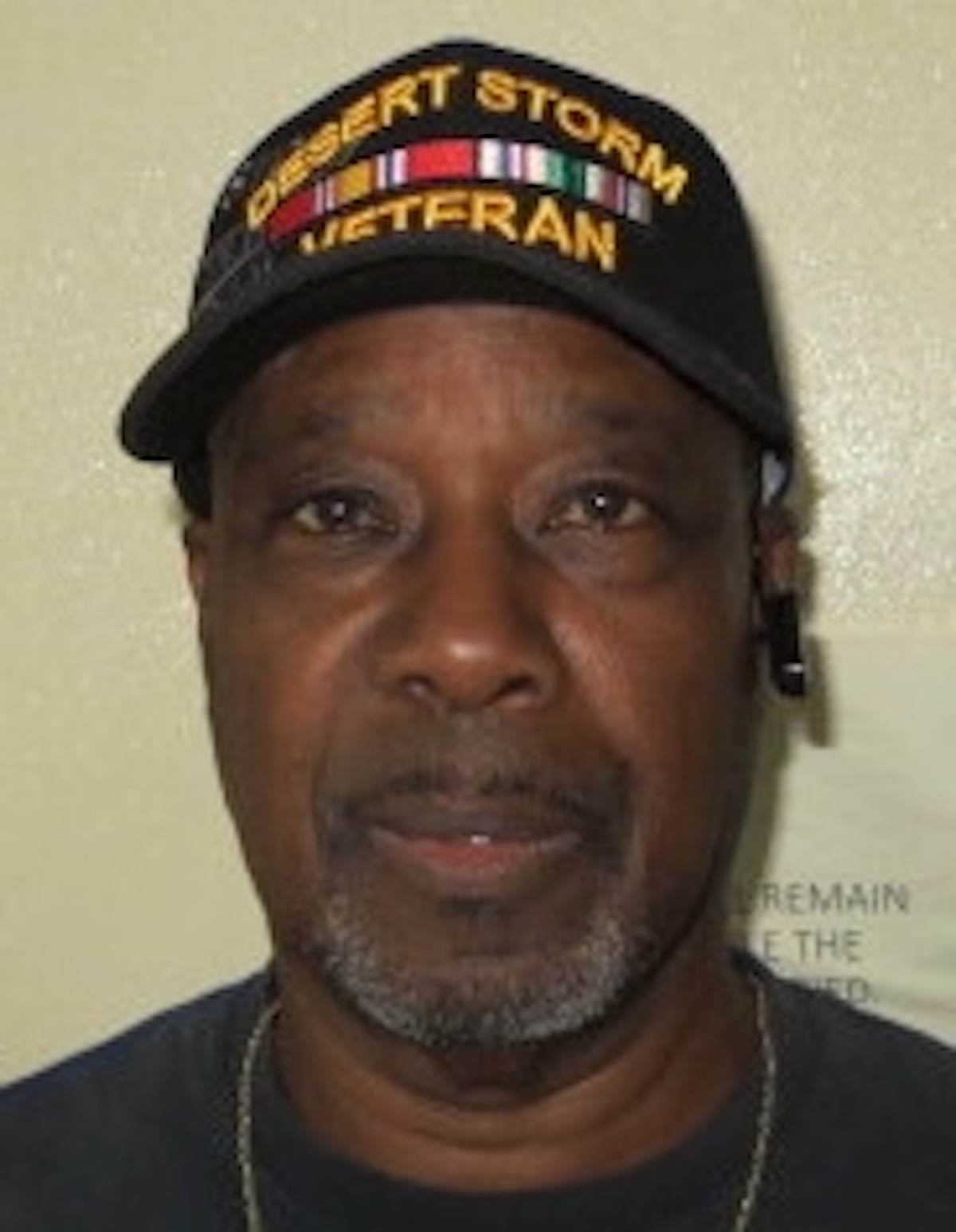MCRD Parris Island testing heart monitor to prevent heat deaths
USMC
MCRD PARRIS ISLAND — “It’s a check engine light, but for your body,” said Kyla Driver, a research coordinator with the U.S. Army Research Institute of Environmental Medicine (USARIEM).
The product of many years of research, development, and redesigns, the Heat Injury Prevention System (HIPS) developed by the U.S. Army Medical Material Development Activity (USAMMDA) and USARIEM, along with several other research groups, is undergoing its final testing on Marine Corps Recruit Depot Parris Island.
“All recruits are issued a heart monitoring system that they wear throughout the Crucible,” said Dr. Mark Buller, the lead investigator for the project. “This allows a drill instructor to see that he has recruits who may be higher risk of suffering a heat injury.”
Heat casualties are some of the most common training related injuries experienced at Parris Island, especially given the stressors and rigors of the recruit training process.
“Prior to Parris Island we developed a heat stroke prediction algorithm,” said Buller. “That came out of working with the 75th Ranger Regiment, when we actually captured six heat strokes that occurred real time.”
Testing of the HIPS began early in 2019, but due to the COVID-19 Pandemic, testing was put on hold for 2020 and part of 2021. Now, the testing is back in full swing, analyzing and collecting data on approximately 500 recruits each week during the Crucible.
“It’s been three years and we’re still learning,” said Driver. “Now, the algorithm is able to learn from the person’s heart rate and determine alerts to an individual’s risk level.”
On average, it only takes the algorithm about 30 minutes to collect this data and adapt to each individual recruit. The algorithms calculate each recruit’s heat strain state and sends this to the phone that enables each drill instructor to monitor their recruits.
“This may not be as cool as a watch, or as easy to wear as one,” said Buller. “Though we’ve learned that during higher intensity training, the watches are often inaccurate at collecting a correct heart rate.”
While the HIPS has seen testing in multiple different branches of military, as well as the British Royal Marines, Parris Island’s recruit training has offered the stresses and challenges the team needed to round out development of the HIPS.
“Marines can break just about anything,” said Driver. “The first generation we brought out here, recruits demolished it during recruit training. The second generation has gone through all the Crucibles from last year, and all the ones so far this year.”
With the HIPS testing nearing its completion, these devices are soon to see use across the Marine Corps, as well as the globe.
“A Marine’s life is priceless,” said Driver. “This system will allow us to preserve those Marines by being able to monitor their conditions during real time events.”


